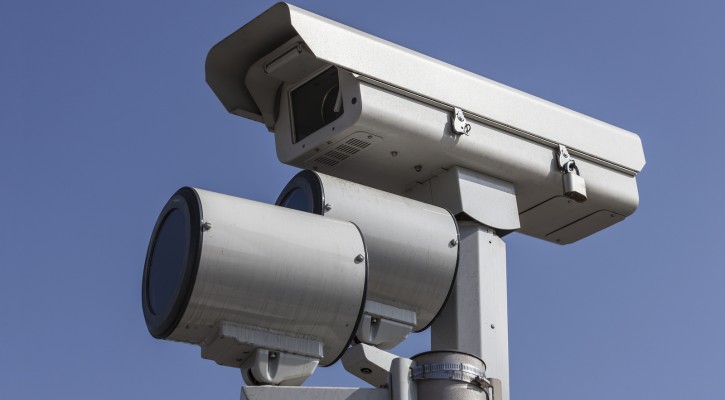
Crashes Increase After Red Light Cameras Are Removed
November 24, 2014
A recent report by WBBH TV in Florida shows that crashes increased at intersections after red light cameras were removed. The Collier County, FL board of commissioners voted in 2013 to remove red light cameras saying there was no proof they made the streets safer. In their report, WBBC compared crash data during the 18 months after the cameras were removed to crash data for the 47 months the cameras were in use. The results showed that, on average, there were ten more crashes per month after the cameras were removed than when they were there.
The WBBH report mirrors similar studies conducted in other cities. In Houston TX, a voter referendum removed red light cameras from 50 high risk intersections. A study by the Houston Police Department showed that, compared to the four years during the time cameras were in use, the crash rate almost doubled at those intersections in the four years after removal of the cameras. Fatal crashes increased by 30 percent.
A study by the Insurance Institute for Highway Safety (IIHS) conducted in 2013 showed crash rates decreased at intersections where red light cameras were installed. This study supported a previous 2011 study that showed overall crash rates were reduced by 24 percent and fatal crashes were reduced by 17 percent.
According to IIHS, the presence of red light cameras has a tendency to modify driver behavior. Even when drivers are unaware that a camera is installed at a particular intersection, the knowledge that cameras are installed elsewhere has the effect of reducing red light running throughout the city.
City and county governments often seem to install cameras for the wrong purpose. The lure of increased income from red light cameras to make up for tax shortfalls often disappears once driver behavior is modified and the incidence of red light running decreases. Once that happens, the income from the cameras tends to fall to levels lower than that required to support the cameras and they fall out of favor. However, the reduced crash rate saves money in other areas such as the cost of police and fire rescue response to those crashes. A New Jersey study showed that red light cameras resulted in a combined net public benefit of $3,209,500 for the program.
Red light cameras should be installed for one purpose only, to reduce crashes and save lives. As we have pointed out before, those who object most strongly to red light cameras seem to be saying that they want the freedom to run red lights without camera interference. Law abiding drivers who regularly stop at red lights should have no objection to their use.
Read more: NBC2 Investigation: Are red light traffic cameras coming back?
